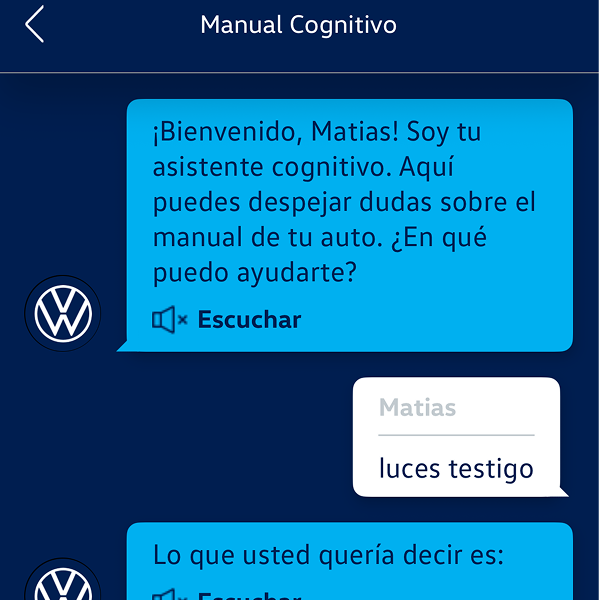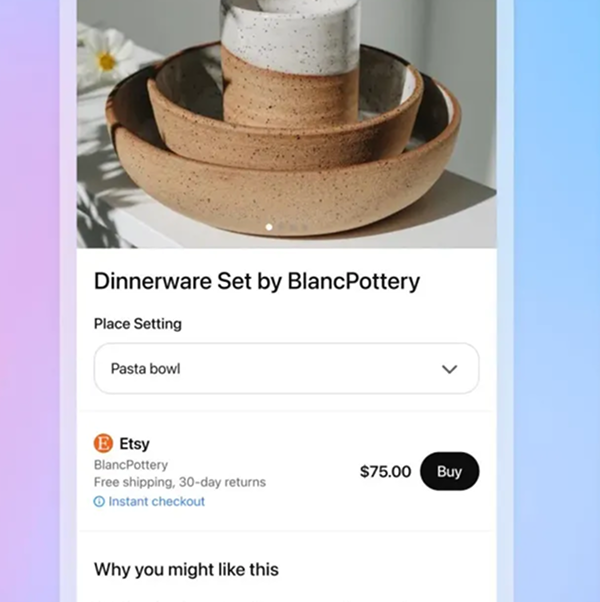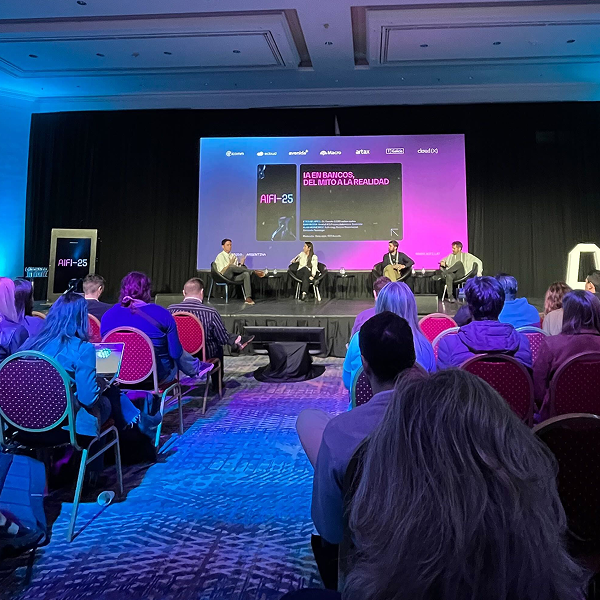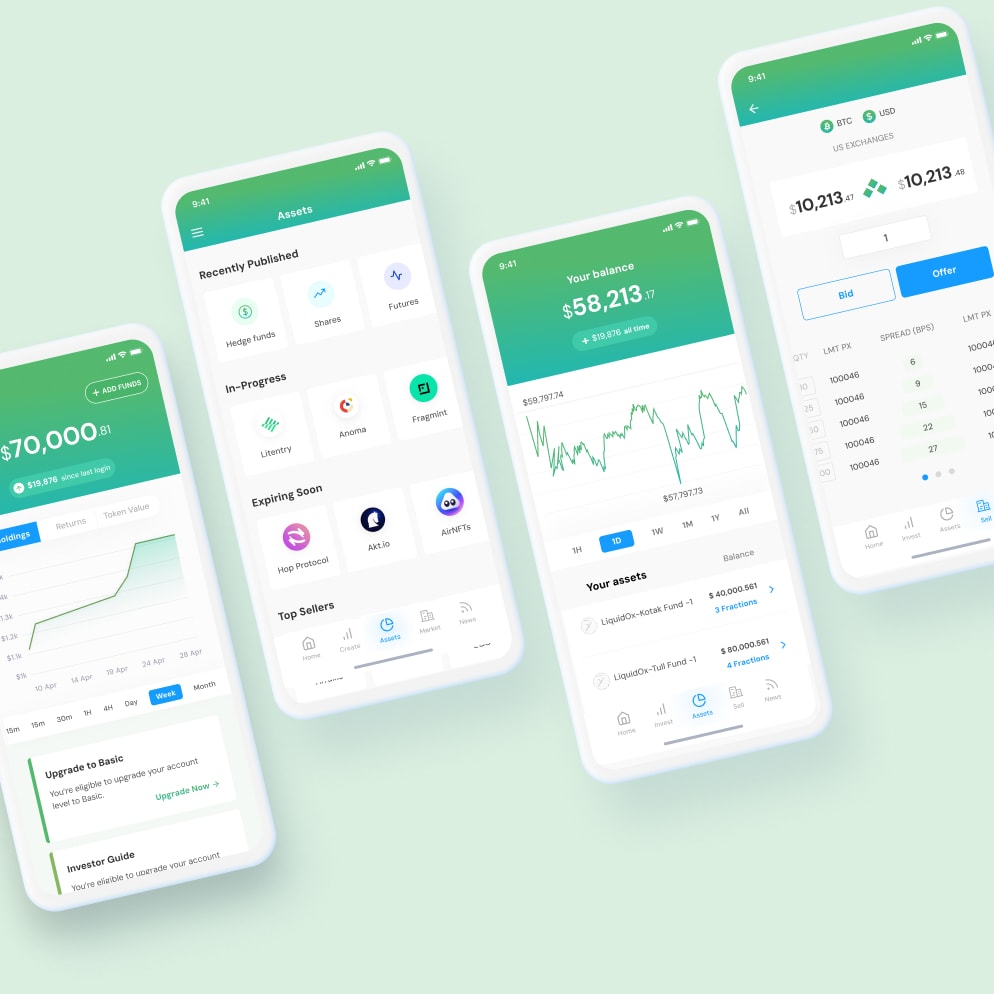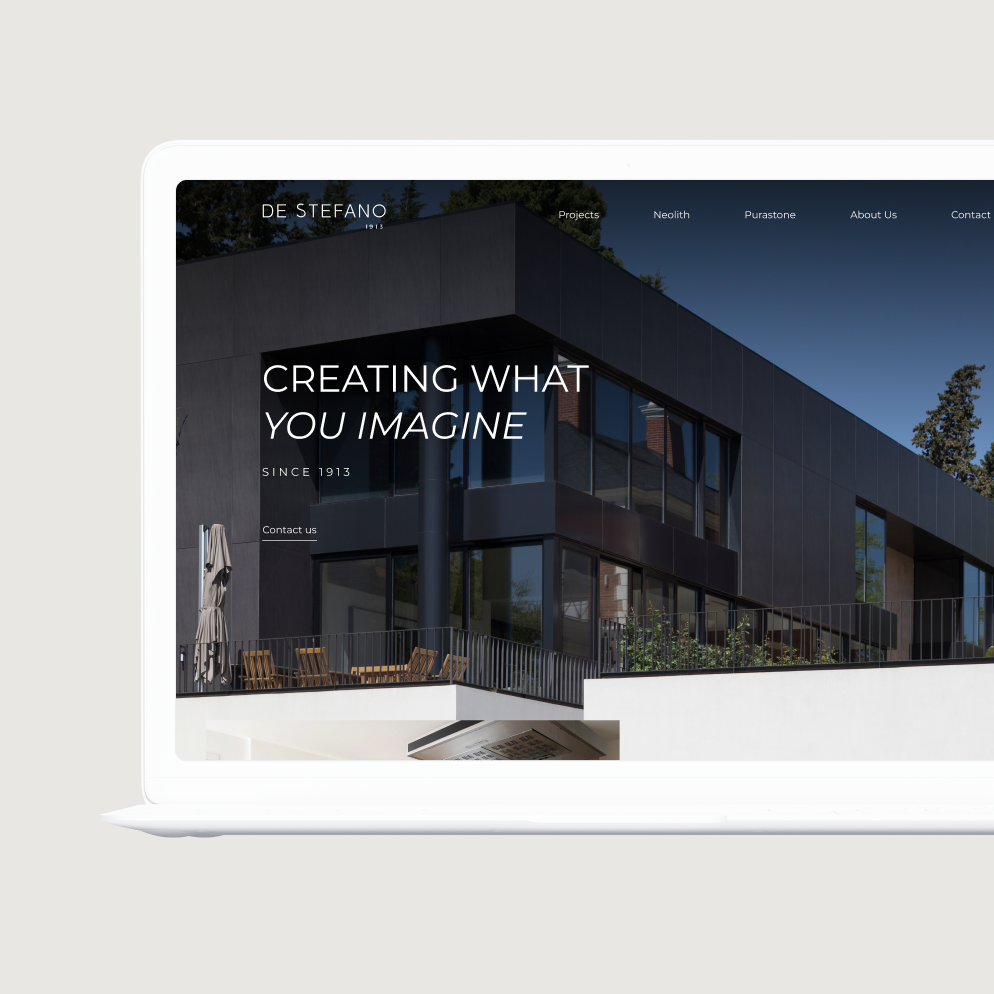Mobile applications have become an essential part of our lives, with millions of people relying on them daily for various tasks such as ordering food, booking a cab, or simply staying connected with friends and family. With the surge in demand for mobile apps, many individuals and businesses are looking to create their own mobile applications. However, building a mobile app is not an easy task and requires a systematic approach to ensure its success. In this blog post, we will discuss a comprehensive field guide to building a mobile application.
While technical skills and good technology choices play a critical role in developing world-class mobile apps, there are several other important tasks and considerations that play an essential role in creating a successful app.
Creating an App: Important Tasks and Considerations
Before writing any code, it is important to establish a strong foundation for your company’s app development project. A solid foundation ensures the successful realization of your app idea.
To ensure the success of your business’s app, consider the following:
- Define your app vision
- Understand your target audience
- Define key functions and popular app features
- Research your market and competitors
- Choose an technology approach
- Define you App Store Optimization Strategy
- Forecast your operative costs
Define Your App Vision
Great mobile apps take time to build. As a result, your initial app idea will likely undergo iterations and changes before a final product is developed. Therefore, the first step your company needs to take is clearly defining an app idea.
These questions can help you define your mobile app:
- Why do you want to create your own mobile app?
- What purpose will it serve?
- How does this purpose align with the broader objectives of the company?
Every mobile app serves a purpose. However, there are several different reasons why your company might want to create an app. Therefore, we won’t explore every possible motivation for developing a mobile app. Still, to be successful, your mobile app should satisfy two things: the needs of your consumer and the objectives of your business.
Developing an app is not cheap. However, you can control expenses by clearly defining the objectives of the business and how the application fits in the overall plan. Without a clearly defined idea, you will struggle to reach your goals, and, as a result, the company will spend more money.
Understand Your Target Audience
To ensure that your mobile app provides value to users, you need to understand your audience. Typically, for businesses, the ideal audience would be their existing or prospective customers. By conducting audience research and analysis, you can get an accurate picture of what your target audience wants, needs, and the common problems they are looking to solve.
Defining your app’s purpose is not enough to ensure its success. It’s also vital to understand and define your app marketing plan. Are you developing a mobile app for internal or external users? How does your app benefit its users? If you struggle to define how your mobile app will benefit users, they will struggle to see its value, and your app will likely be abandoned.
Failing to accurately identify your target audience can result in your company building an app that users don’t use. Don’t waste valuable app creation resources without doing audience research.
Define Key Functions and Features
Once you have a clear understanding of your app’s purpose and target audience, the next step is to define the key functions and features necessary to include. To do this, we recommend using a set of tools to define the minimum set of features required to launch an application. This will help launch with the minimum effort and costs, and save money for marketing, research and getting feedback from your target audience.
A Minimum Viable Product (MVP) is essentially a pared-down version of the software that only includes the essential features and functions. There are several ways to get to an MVP, including Google Ventures’ Sprint process, Lean Startup or a combination of tools like Impact Mapping, Opportunity Solution Tree and User Story Mapping. What is important to keep in mind is that the key result should be the leanest possible product that still gives value, entices the users and makes them want to pay for the service.
At Revolt we take the MVP concept a step forward, and we defined the Minimum Profitable Product (MPP) being a product that is lean, but has profitability in mind from the start, designing the application to start getting profits from its launch.
Understand Your Market & Your Competitors
Competitor analysis can provide critical insights that will significantly benefit your mobile application development project. Analyzing the offerings of your competitors helps your business:
- Define a target audience that is permeable for a new app.
- Validate essential features and functions of the app.
- Understand market demand for its app idea
- Avoid common mistakes made by other businesses.
- Find the opportunities for disruption & improvements
Competitor analysis helps your company identify service gaps and fill them. If you want your mobile app to succeed, your app needs to offer users value. The easiest way to create value for users is to provide them with something they currently don’t have. If you don’t take the time to understand your competitors, you won’t be able to accurately gauge the current market or forecast demand for your app idea.
Choose An App Development Approach
You shouldn’t begin to consider the approach your company will take to mobile application development until you have thoroughly researched the current market, your target audience, the competition, and set a strategy for value delivery. There are two broad approaches to mobile app development: native and cross-platform.
Based on your user research and competitor analysis, it might be clear that your best option is cross-platform development. On the other hand, your research might indicate that most of your audience is on iPhone, which would mean that native iOS development is your company’s best option.
Native mobile app development is app development geared towards a specific platform. Native apps can fully utilize a particular device’s hardware and functionality. For example, a native Android app can fully use an Android device’s GPS, camera, and other platform-specific features. For this reason, native apps outperform all other types of mobile apps. Native apps present the best possible User Interface and the highest performance levels.
However, native app development can be costly because you have to develop a separate app for iOS and Android. Does your business have the time or financial resources to build two applications? Unfortunately, many companies don’t have the luxury of developing two native apps. This fact makes customer research critical before choosing a development approach.
For example, if you discover that the majority of your target audience uses an iPhone, you won’t want to waste time developing a native Android app. In addition, you likely won’t want to create a cross-platform app either because it won’t be able to offer the same functionality and performance levels as a native iOS app.
Suppose your target audience uses both platforms equally and your business doesn’t have the financial resources to develop two native apps. In that case, cross-platform app development is a great choice for your business. Cross-platform apps are built to run on all major mobile platforms, iOS, Android, and Windows.
There are a few ways your business can approach cross-platform development. For example, you could build a traditional cross-platform app using popular mobile app development frameworks, such as Flutter and React Native, or build a hybrid app or a Progressive Web App (PWA). Technically, hybrid apps and PWAs are different from cross-platform apps, but they are often discussed together since they can be used on all mobile platforms. Here is what you need to know about each of these options.
Cross-Platform App
Cross-platform apps are built with programming languages like JavaScript as the core codebase. However, cross-platform apps utilize development frameworks to incorporate native User Interface elements.
Think about cross-platform apps like an ice cream sundae. The core codebase layer is the same vanilla ice cream for iOS and Android, but for each platform, there are unique native User Interface toppings created by frameworks. As a result, cross-platform apps have native-like performance levels, but the bulk of the code only needs to be written once.
Hybrid Apps
Hybrid apps are created using a mixture of web and mobile app development techniques. A hybrid app is a mixed web and mobile app. These apps are created using core web technologies HTML, CSS, and JavaScript and combining this code base with a development framework.
Hybrid apps are often mixed up with cross-platform apps, but hybrid apps don’t create separate native User Interface elements. Instead, a hybrid app is the same code for each platform. Businesses choose this app development approach when they want to reach the widest possible audience in the shortest amount of time because hybrid apps can be built faster than cross-platform apps.
Progressive Web App (PWA)
Progressive Web Apps look like apps, but they are accessed through a mobile browser instead of being accessed through an app store. Therefore, you can think of these apps as mobile web apps. Progressive Web Apps are built using JavaScript, HTML, and CSS. Users can download these apps directly from their browsers.
Thanks to advances in HTML, PWAs can provide more native-like features for users. For example, users can download PWAs to their home screens, use them offline and receive push notifications.
Define you App Store Optimization Strategy
ASO, or App Store Optimization, is essential for app development success. The Apple App Store and Google Play Store are home to millions of apps. So how do you stand out in a crowded field? By executing a solid ASO strategy. ASO is like Search Engine Optimization (SEO) but for app stores.
Ensure that your company is performing keyword research, choosing the right screenshots, and optimizing your app store listing. The better your app performs in organic searches on the app stores, the more downloads your app will generate. Having a well-designed mobile app does your business no good if no one knows about it.
Forecast Your Operative Costs
What does it cost to maintain and evolve an app? What other costs are associated to a successful application?
I can think of at least 3:
- Infrastructure
- Operations & Support
- Marketing & Analytics
App development is not a one-time thing. It is an ongoing process that requires consistent care and attention. One of the most important aspects of this process is maintenance and support. This ensures that your app remains functional and secure, even as technology changes and new challenges arise. It also allows you to continue to improve upon your app’s features and functionality, so that it can better meet the needs of your users. Additionally, ongoing maintenance and support can help you identify and address any issues that may arise, before they become major problems. By investing in this crucial aspect of app development, you can ensure that your app remains a valuable tool for your business or organization for years to come.
When it comes to ongoing maintenance and support, there are several areas that you need to consider. One of the key areas is security. Cyber threats are constantly evolving, and you need to take every precaution to protect your users’ and your company’s data from cyber attacks. Losing or compromising user information can hurt your brand image and can also hurt your company financially. Therefore, prioritizing digital security from day one of your mobile app development project is crucial.
Another area to consider is bug fixes and other small errors that may present themselves from time to time. Your business needs to invest in maintenance to ensure that all issues are promptly addressed to minimize their impact on user experience and security. Regular maintenance can also help you identify potential problems before they become major issues.
You will need to invest in analytics tools to track user behavior, engagement, and other metrics. These tools will help you understand how users are interacting with your app and identify areas for improvement, it will also be used by the marketing team to devise new strategies, campaigns and overall understand how your target audience is behaving.
Lastly, there is an infrastructure cost, associated to the backend services required to run your application. This can include the cost of cloud hosting services, databases, and other backend infrastructure. Let’s delve into the different aspects that contribute to these costs:
- Cloud Hosting Services:Many applications leverage cloud hosting services to ensure scalability, reliability, and flexibility. Cloud platforms, such as Amazon Web Services (AWS), Microsoft Azure, or Google Cloud Platform, offer a range of services that can be tailored to meet specific requirements. However, these services are not free. The pricing models can vary based on factors such as storage usage, data transfer, computational resources, and additional features. Careful consideration should be given to select the appropriate service level and capacity to avoid unnecessary expenses.
- Database Costs:Applications often rely on databases to store and manage vast amounts of data efficiently. Whether you opt for a relational database management system (RDBMS) like MySQL or a NoSQL database like MongoDB, there are costs associated with storage, data access, and backups. The size of your database, read/write operations, and data replication requirements can impact the overall expenses. Proper database design, indexing, and optimization techniques can help minimize costs while ensuring optimal performance.
- Backend Infrastructure Services:In addition to hosting and databases, there are various backend infrastructure services that your application might require. These include content delivery networks (CDNs) for efficient content delivery, caching services for faster data retrieval, message queues for asynchronous processing, and monitoring tools for performance tracking. Each of these services typically comes with its own pricing structure, often based on usage or subscription models. Identifying the necessary services and estimating their costs upfront is crucial to avoid unexpected bills down the road.

Common App Development Questions
You now have a clearer insight into the process, but you likely still have questions. If you choose to partner with an app development agency, they should be able to give you clear answers and detailed explanations.We will answer some of the most common questions below. However, in many cases, the specific answers depend on the unique nature of the app your business wants to build.
How Much Does App Development Cost?
This question is the top one asked for obvious reasons. Every company wants a clear understanding of the associated costs before deciding to invest in it. However, app development costs vary. Not only will the specific details of your app development project affect the cost, but some developers might charge you more for labor and time than others.
The truth is app development is not a cheap service. Application development is a process that requires careful attention to detail and a lot of planning, as we have already covered in this post. In addition, well-designed mobile and web apps add a lot of value to a business. Plus, app developers are highly skilled technical professionals. As a result, these services can represent a significant financial investment.
While it would be impossible to tell you how much app development costs without knowing the intimate details of your app idea, we can explain what factors affect cost the most.
The cost of development is most affected by:
- The complexity of your idea – Simple apps with little to no communication features or data consumption are the cheapest to build. On the other hand, apps that handle financial transactions, allow users to bank, or even just purchase items represent the most complex and, therefore, most expensive apps to build.
- Development choice – Native apps are more expensive to build than cross-platform or hybrid apps. In addition, if you build a native app for each platform, you will essentially double your costs.
- Continuous improvement plans – Most apps are not built and then left that way. Likely, there will be plans to add new features and functions as the app ages to engage and entice users to continue using your app. Continuous improvements add to the overall cost of development.
- Security and maintenance – Far too many companies fail to account for these costs when budgeting for app development. No matter how complex or simple your app is, you will need ongoing maintenance and security services to ensure your product’s health and digital safety. When speaking with a development company about development costs, make sure they are factoring in these costs too.
Understanding these factors should help your company set realistic expectations for development expenses. If you’re unsure about a quote you received, reach out to additional developers to see how they price your project. However, the cheapest option might not be the best. Remember, your company’s app will be a significant digital asset used for years to come.

How Long Does App Development Take?
Once again, the answer to this question depends largely on the complexity of the app you want to develop and the team developing it. However, on average, to build an app you will need anywhere from three to nine months. We do not include security and maintenance as these are ongoing parts of app development. If your app is successful, the security, maintenance, and support facet of the app development lifecycle will last for the lifespan of your app.
More complex apps take longer to develop. However, you can avoid costly delays with a clearly defined and communicated vision and expectations. The one thing that slows down most projects is poor communication between the company and the development team. You can ensure that your project is developed efficiently by clearly communicating your app idea and its essential functions to the development team. App developers cannot read minds. Vague guidelines and objectives are likely to result in a product that you are not happy with.
While you need to make sure that you communicate your app ideas and goals to the development team, you need to ensure that the developers you have hired are also good communicators. Communication is a two-way street. The development should be asking questions and clarifying your company’s vision for its application. A lack of questions or communication does not necessarily mean that you were understood. If you are going to hire a development team, communication skills should be an important consideration.

Can I Build An Application Internally?
Yes, you could build an application using internal IT staff. However, app development standards and best practices are constantly evolving. To build a great application, you need staff knowledgeable of native development trends and technologies, frameworks, and specific operating systems. These are high-level skills, and while you might have a few employees on your IT staff that have some of these skills, app development is not a one-man show.
That is how great apps can be built and delivered in three to nine months. Without a full development team, it will take longer, and it might even cost your company more money to develop an app. Most companies look to outside development teams for app development projects because it does not make financial sense to hire all of the necessary talents internally for a project that will eventually end.
Additionally, new low-code/no-code app development tools are available to use. These low-code tools give people with little to no technical skill or experience the ability to build an application using intuitive drag-and-drop visual editors. Could you build a functioning app this way? Yes, you could. However, apps built using low-code platforms are not designed for enterprise use. These apps will not scale easily, and they won’t have the same performance capabilities as apps built by a professional development team. In our experience, most low-code/no-code tools have a short lifespan, and after testing its viability are replaced by a native / cross platform application. Is it worth the time and investment? I don’t believe so. There are cheaper and better ways to validate an idea or its interaction. For example, Hi Fidelity Prototypes.
At this point, low-code/no-code tools are fun to play with, but you won’t be able to create an app that will add real value to your business. The best option for most businesses is to hire an external development team. External developers will have more specific skills and valuable experience building a wide range of different apps.

How Often Should I Update My Application?
There is no standard answer to the question of how often your app should be updated. If you find many bugs, you will want to update your application to address these issues. Bug fixes typically don’t take a long time to address. But, if there are too many bug fixes, I would recommend reviewing your development process, and make the necessary changes to improve the application quality.
You should aim at continuous delivery of small improvements and features. Most successful applications with a high traffic volume are updated up to four times a month. This way, you keep your user base happy, maintain stability and create a smooth app evolution strategy.
More complex updates, like rolling out new features, take longer to deploy and often require bug fixes once users get a chance to use the new features. Many businesses wrap bug fixes and new features together in a single update. The important thing to remember is that most users will have to manually update their version of your app.
If you’re working with an app development company, you should discuss with them the plans for your app post-deployment. Hopefully, your development team will help your business put together a post-launch maintenance and upgrade plan for your app.
Creating a strategic update plan is essential for long-term success. First, however, your company needs to ensure that you are collecting and reviewing user feedback. Then, prioritize addressing the comments presented in user feedback before rolling out new features that haven’t been tested.
Final Thoughts
Building a mobile application requires a systematic approach. You need to identify the purpose of your app, choose the right platform, hire a professional app development team, design and develop your app, test and refine your app, and finally launch your app. By following these steps, you can create a successful mobile application that provides value to your users. Remember that building a mobile app is a continuous process, and you need to keep refining and improving it to ensure its success.
While it might seem overwhelming, you can help your business navigate the complexities of mobile app development by partnering with an experienced app development company. Partnering with an experienced product agency will show you how to create an app that meets the needs of your business.
